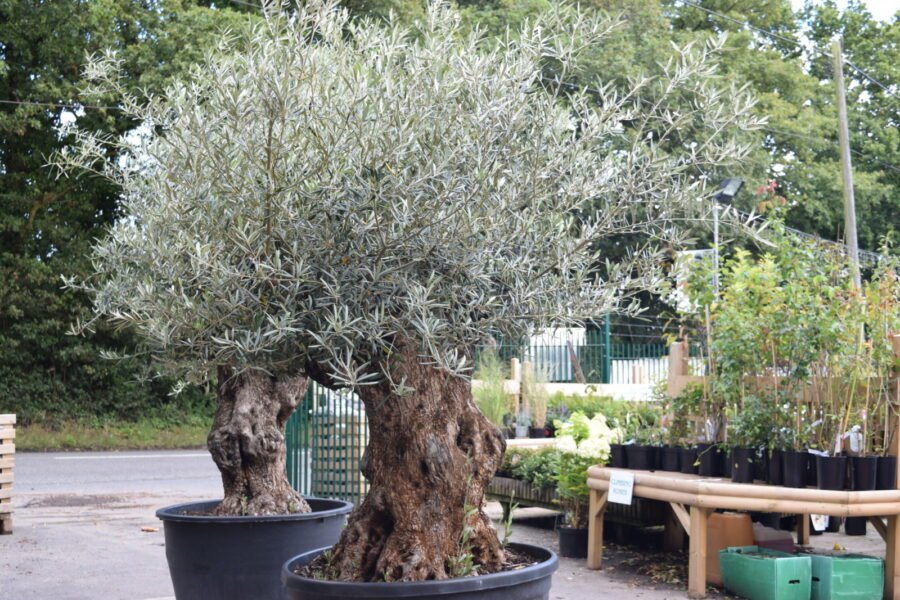General Information
- Category- Fruit
- Binomial Name- Physalis ixocarpa
- Common Names- Husk tomato, Mexican husk tomato
- Spread- 36 inches**
- Height- 36 inches**
- Average Production- 400-750 grams per plant
- Days to Maturity- 75-100 days
Nutrition Values:
- Calories: 32
- Water: 92%
- Protein: 1 grams
- Carbohydrates: 5.8 grams
- Sugar: 3.9 grams
- Fiber: 1.9 grams
- Fat: 1 grams
Vitamins
- Vitamin A- 114 IU
- Vitamin C- 11.7 mg
- Vitamin E- 0.4 mg
- Vitamin K- 10.1 μg
- Vitamin B3- 1.9 mg
- Vitamin B5- 0.2 mg
- Vitamin B6- 0.1 mg
- Vitamin B9- 7 μg
- Choline- 7.6 mg
Minerals
- Potassium- 268 mg
- Calcium- 7 mg
- Iron- 0.6 mg
- Manganese- 0.2 mg
- Magnesium- 20 mg
- Phosphorous- 39 mg
- Sodium- 1 mg
- Zinc- 0.2 mg
- Copper- 0.1 mg
- Selenium- 0.5 μg
*The values are standard average per 100 grams and might change a bit.
Environmental Requirements:
- Soil- Well-drained, moderately rich
- Soil Moisture- 20%
- Soil pH- 5.5-7.3
- Sun Requirements- Full Sun
- Best Time to Plant- Spring/Summer
- Temperature range- 20-30 Celsius
Tips to Grow Tomatillo:
- Arrange good quality of tomatillo seeds.
- The soil should be rich in compost, water-retentive and well-drained.
- Directly sow seeds 1/2 inches deep in the soil. When seedlings raised, set transplants in the garden just like you would tomatoes up to 2/3 of the seedlings can be buried in the soil.
- We can add compost (rich in phosphorous) for better growth.
- Harvest tomatillo when they will reach their desired size (walnut size) and color (green). If you don’t harvest color changes to purple and in this condition fruits are not fully fresh.
- The tomatillo is a bushy, sprawling plant. The fruit is round and green and is surrounded by a papery husk. Don’t remove the papery husk until you are ready to use the fruit.
- Setup a base for the plant to spread properly for your balcony or open garden. Our guide will help you doing this setup.
Uses
- The tomatillo is not a tomato but related to the tomato. Its fruit is used to make sauces and salads and is very popular in Mexican and Southwestern cuisine.
- The tomatillo has a sweet-sharp flavor recognizable in the green sauce used on chicken enchiladas and fresh green salsa for tortilla chips and tacos.
** The values are standard values but might change a bit.





There is certainly a great deal to learn about this topic.
I really like all the points you’ve made.